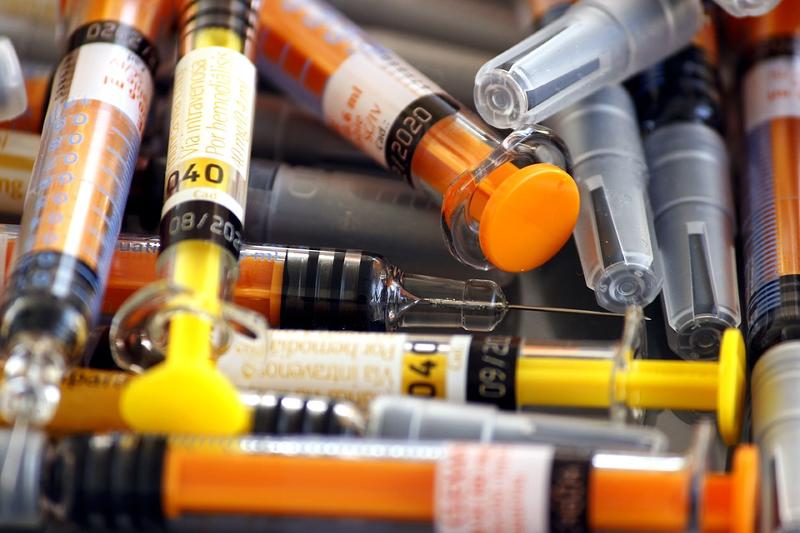
Risk of syringes to landscaping professionals
A recent news article highlighted the increased demand for councils to remove discarded needles and syringes from public spaces. According to the article, the number of cases handled by the council has increased by nearly 10% in 2 years.
Taking a step back from the demand placed on councils, the statistics reveal a trend which the landscape industry should be alerted to. Landscape professionals of all disciplines are likely to be working in environments where discarded needles and syringes may be present. Of course, the greatest risk which discarded needles and syringes pose to landscape professionals, is blood borne viruses (BBV) such as Hepatitis B, C and HIV. Advice from the Health and Safety Executive (HSE) suggests a model is used to manage the risk, which focusses on three key areas:
- Assess
- Control
- Review
Assess
The risk of BBV through needlestick injuries is via work on sites including parks, graveyards, roadside verges particularly near laybys, carparks, as well as derelict areas of land and buildings. The risk of infection depends on whether the user of the needle was infected with a BBV, the type of BBV and how much of the infected material enters the bloodstream. Of course, the safest option is to consider all needles as a potential source of infection and to control the risk.
Control
Where BBVs are assumed to be present, the risk can be controlled by the following measures:
- Follow good basic hygiene
- Take rest breaks away from work area
- Cover all cuts, abrasions and breaks in skin with dressings or gloves
- Use sharps containers
- Use the correct equipment for handling sharps
- Always wear gloves – preferably with a high degree of puncture resistance
- Consider wearing puncture resistant clothing
- If the skin is punctured by a syringe or needle, encourage the wound to bleed and do not suck the wound. Rinse thoroughly with running water and get prompt medical treatment
- Immunisation is available for some BBVs only, and should only be used after appropriate advice and implementing the controls above. Records must be kept of immunisation provided.
- Workers must be trained about the risks and what they should do if they suffer an injury
Review
Employers must ensure control such as working methods, PPE and welfare are effective and used by workers
Full guidance is available on the HSE website: https://bit.ly/2S5wEQb
